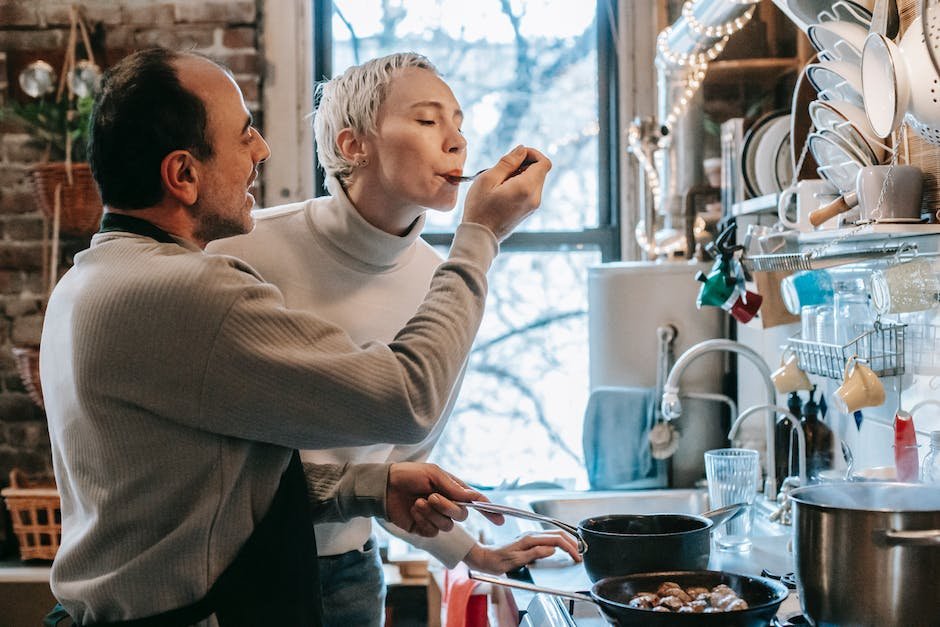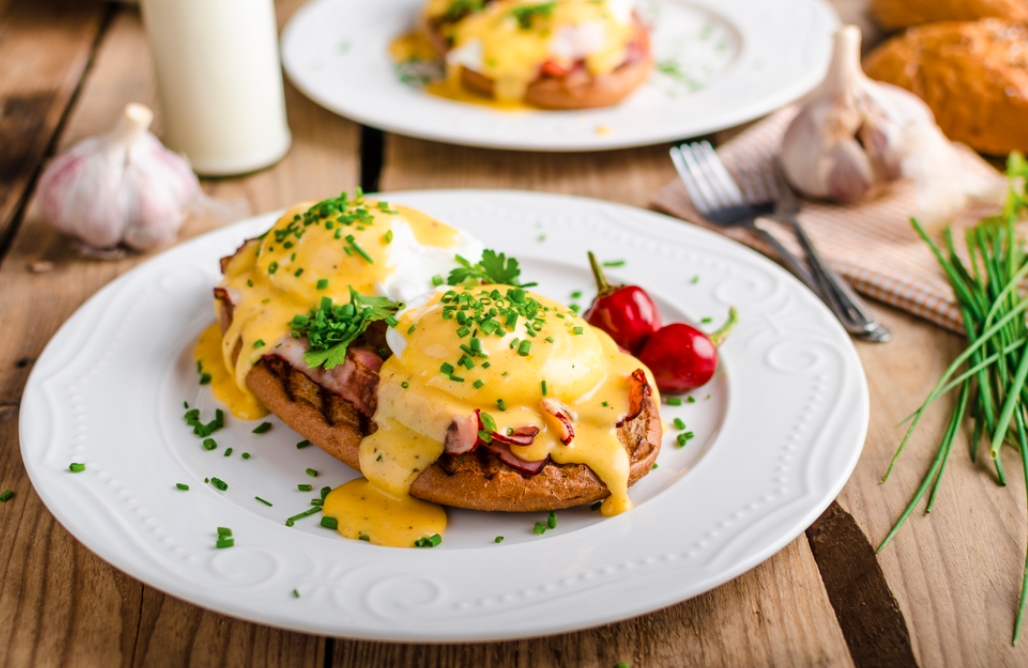This article will teach you how to roast peanuts in a pan or, as some like to call it, “roasting”. If you have ever made salted nuts before (like almonds or pistachios), this technique is similar to that concept, but more streamlined.
The term for this cooking method comes from Brazil where they would toast whole spices such as peppercorns, cloves, and bay leaves in oil until they became aromatic. The aroma would then be mixed into the food being cooked with them, creating a flavor boost and/or new ingredient.
This article will show you two ways to make roasted peanut butter and also give tips and tricks for roasting your own fresh raw peanuts. So let’s get baking!
Disclaimer: We are sharing these recipes with permission of the recipe authors. These recipes were written by Maria Vitolo and Elizabeth Dahlkemper and first appeared at AllAboutSweets.com and Cookielicious.com. You can find the original recipes here: Recipe 1: Smoky Chunky Raw Nut Butter
Recipe 2: Homemade Spreads
Having nut-based spreads available is very helpful as you do not want your friends to take extra helpings of yours.
Prepare a recipe that calls for roasted peanuts
In many recipes, the cook is asked to roast or dry-roast certain ingredients. This usually means using a pan to heat up the ingredient in its most basic form and then tossing it with the other components after it has dried.
For example, when making peanut butter, you start with raw nuts and add oil and salt to create the finished product. When adding the salty flavor component, there are sometimes instructions to toast the salt first to enhance its flavor.
When roasting nuts, however, this can be tricky. If the process is done too long, the nuts will burn which would not only ruin the end product, but also taste bad. If the process is short enough, the nuts may turn into something else- like chocolate!
So how do you ensure perfect roasted nuts? Here we will discuss some tricks of doing so.
Know the difference between salted and unsalted roasted peanuts

When roasting whole raw nuts like almonds or hazelnuts, how to roast them can get tricky. There are two main types of recipes that call for dry-roasted nuts: salty roasted nuts and sweet baked nuts.
The first type of recipe calls for dried-out, salty nuts that have been mixed into something else as an ingredient. For example, when making crunchy peanut butter, you will add melted sugar and salt dripped toasted peanuts.
This article’s aim is to help you make this delicious sauce using plain old natural sugars and salty, soft roasted peanuts! If you would like some additional tips before trying your hand at it, you can always check out our article: how to make creamy nut butters.
Know the different types of heat used for roasting peanuts

To roast whole, unsalted nuts like almonds or cashews, you can use either a pan that uses convection (warm air) ovens or hot plates. This article will focus on using an electric skillet as your cookware of choice!
To begin, line a baking sheet with parchment paper. Then spread out the amount of roasted nuts you want to prepare in the sheet so they do not close together and stick to each other.
Now, choose which type of heat you would like to use to bake the nuts depending on how crispy or soft you want them. For this recipe, we will be roasting the nuts in a dry, heated element at around 350°-400° Fahrenheit.
This will give it a slightly toasted flavor and texture, but not browned like raw ones.
Have the right equipment for roasting peanuts
When baking or toasting nuts, like almonds, Brazil nuts, cashews, or roasted peanut butter, you need to make sure your utensils are proper.
If you have plastic containers that cannot handle high heat, then do not use those for the nuts. Instead, use metal or ceramic ones that can withstand higher temperatures.
For example, if using a bowl made of glass, make sure it is oven safe so that you can check this yourself by the manufacturer’s specifications. If it does not state whether it is insulated or not, choose one that is! This will help keep the contents warm while they toast as well.
You also want to be careful how hot the pan gets when cooking the nuts, as this could cause them to burn which would result in no taste or texture. Make sure to let the nuts cool down before handling them.
Know the different techniques for roasting peanuts

When baking or toasting nuts, how you cook them makes a big difference! There are three main ways to roast most nuts: dry-toasted, wet-toasted, and salted.
In all cases, before adding the nut to the other ingredients in a recipe, you have to toast it first. This is when the whole batch of nuts gets mixed together and toasted in a preheated oven or a toaster oven.
The timing can be tricky because some recipes call for cooked nuts that still need to be stirred into a mixture or trayed as individual pieces. That’s why there are two more types of roasted nuts: dried-toasted and wet-toasted.
Dry-toasted nuts are simply toasted until they turn light brown and crispy. They are then cooled and stored in an airtight container until used in a recipe.
Wet-toasted nuts are not finished drying out while being toasted. Instead, they are soaked in olive oil or another liquid so that they do not burn.
This article will talk about how to make both types of roasted nuts.
Roast peanuts in the oven
While roasting nuts is typically done using an open flame, there are some great ways to roast them in an oven as well. This article will teach you how to do this!
Roasting nuts at high temperatures helps promote flavor growth. When dry-roasted, many types of nuts become rich in taste due to the development of certain oils and/or other nutrients.
Many people love eating roasted nuts year round, so it’s very popular to bake or toast them. However, never heat over 250°F (130˚C) with most any type of nut because they can burn easily. That’s why we recommend boiling nuts before baking or toasting them – softening them first!
How To Boil Nuts
You can use either a stove top burner or pot to boil your nuts. Use a large pan or pot that you have enough room for while boiling.
To avoid wasting any water, don’t let the pan sit for more than two minutes after adding the nuts until they are heated through. You also want to make sure to stir the nuts constantly while boiling to ensure even cooking.
After boiling the nuts, immediately spread them out on a plate to cool down. This way they will continue to warm up and seasonings can combine with them.
Roast peanuts on the stovetop
While roasting nuts and seeds is beautiful to watch, it can get tricky depending on what type of nut you are baking. For example, when boiling or toasting nuts, if there is not enough heat, they will burn instead! This would totally ruin your snack!
Fortunately, cooking them on the stove top is much safer. When roasting most any variety of nut at a medium-high temperature, they will start to toast, changing texture and producing some lovely flavorings.
When baking nuts such as almonds or pistachios, this process should be limited to just a few minutes since overbaked nuts lose their nutritional value and taste. That being said, once they are toasted beyond that limit they can become overly sweet and buttery which does not agree with everyone’s palate.
So how do you roast nuts on the stove? Here we will talk about roasting peanuts. But remember, apply these tips for other types of nuts!
What you need: A pan, a spoon, and salt
Step 1: Place the pan containing the roasted peanuts on the stove until warm.
Remember, never use cold water to pour onto hot food. The steam could explode out and hurt someone. Or worse, eat too many and pass out due to excessive thirst!
Step 2: Add one tablespoon of olive oil to the pan.
This helps keep the peanuts from sticking to the pan later.
Roast peanuts in the microwave
Microwave roasting is an excellent way to roast nuts and seeds. When baking or toasting nuts, they can easily burn due to the heat being concentrated only on one side. By microwaving the nuts first, then adding other ingredients, everything heats up together and beautifully!
A few tips for using this method are to be careful not to break down the nuts too much as that will affect the flavor. Also remember that different types of nuts cook at different rates so check them frequently while cooking.
We’ve found that 1 cup (100 grams) of raw sunflower or pistachio nuts needs about 10 minutes in the microwave before you add any toppings.


















